
Statistical significance
One word you see a lot in scientific writing is “significant”. This term has a specific meaning in science. Let’s explore the use of the word “significant”, and how we can ensure it is used correctly in scientific writing.

Billions and trillions
As a research scientist and a science editor, I’m used to hypotheses being proved wrong and theories being changed as new evidence comes to light. One thing scientists aren’t used to changing is how we express and write numbers. We know for a fact that 2 + 2 = 4, don’t we? However, when it comes to really large numbers, those over a million, our relationship wavers. Let me introduce the short scale and long scale nomenclature (naming) systems for integer powers of 10.
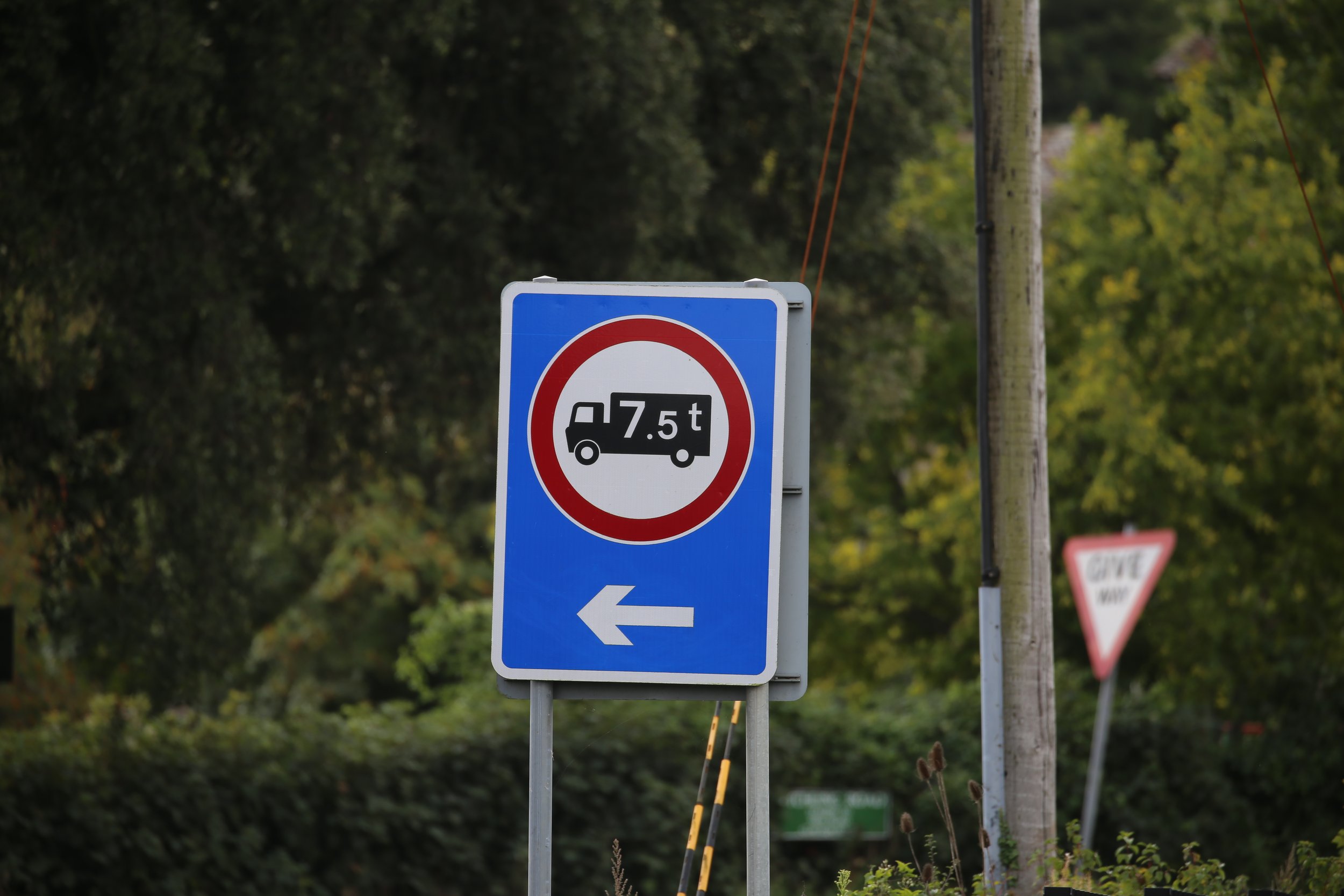
When is a ton not a tonne?
The units of measure known as ton and tonne can cause confusion for authors and editors alike. Both are units of mass; however, they do not describe the same unit of mass. Let’s take a look at each unit, and learn a bit of their history, as this will help to distinguish between the two.
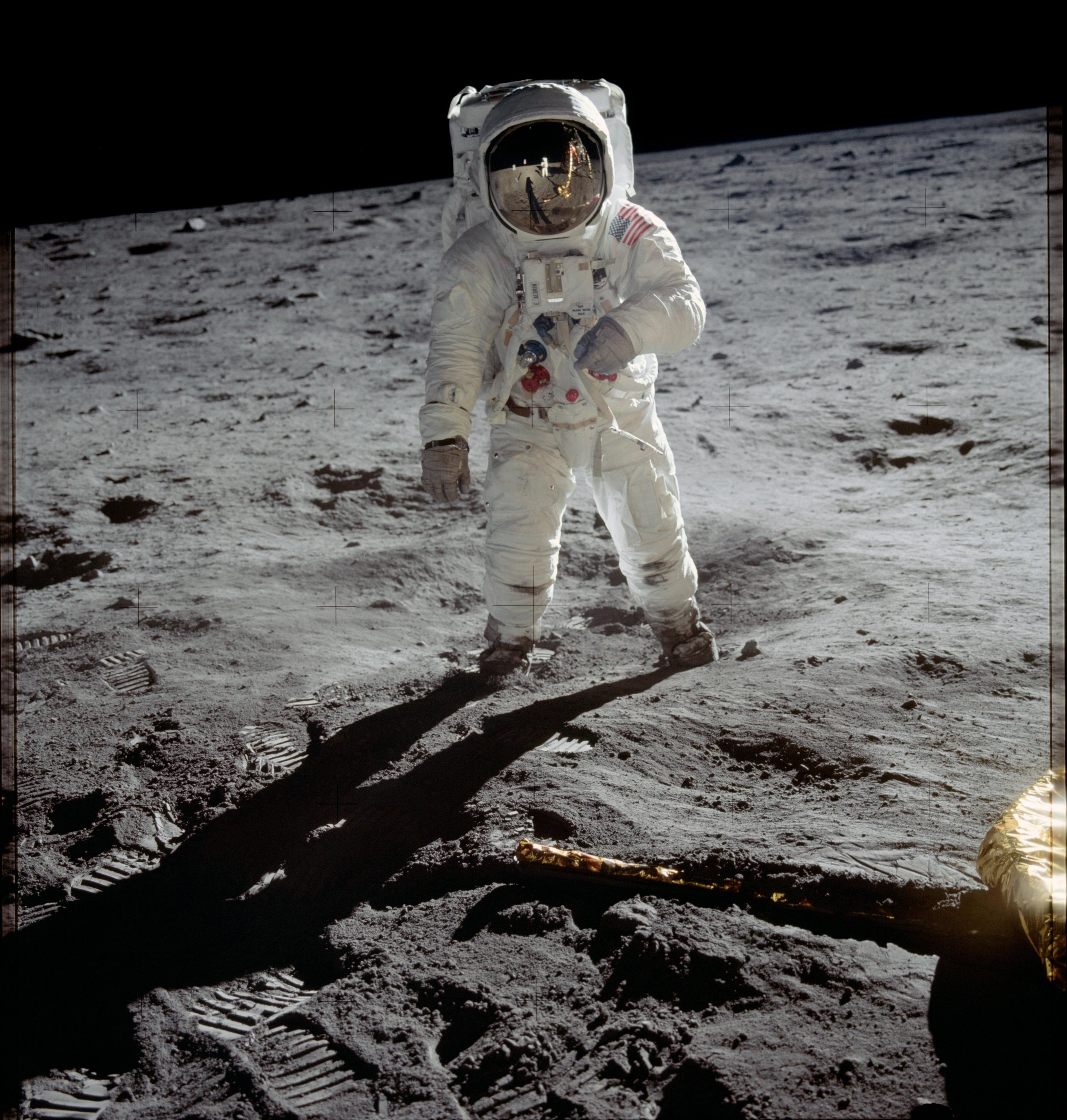
The rest is history
Authors often confuse the adjectives historic and historical. Unfortunately, these words are not interchangeable, but understanding when to use one word over the other is relatively easy. Use of the indefinite article “a” or “an” before words that start with an “h” is a bit more difficult to explain, and many people have strong feelings about which is correct.

Referencing styles
Many research authors have their journal papers returned with the comment: “Please adhere to the journal style for referencing”. What does this mean, and how can an author better prepare their references according to a particular referencing style?
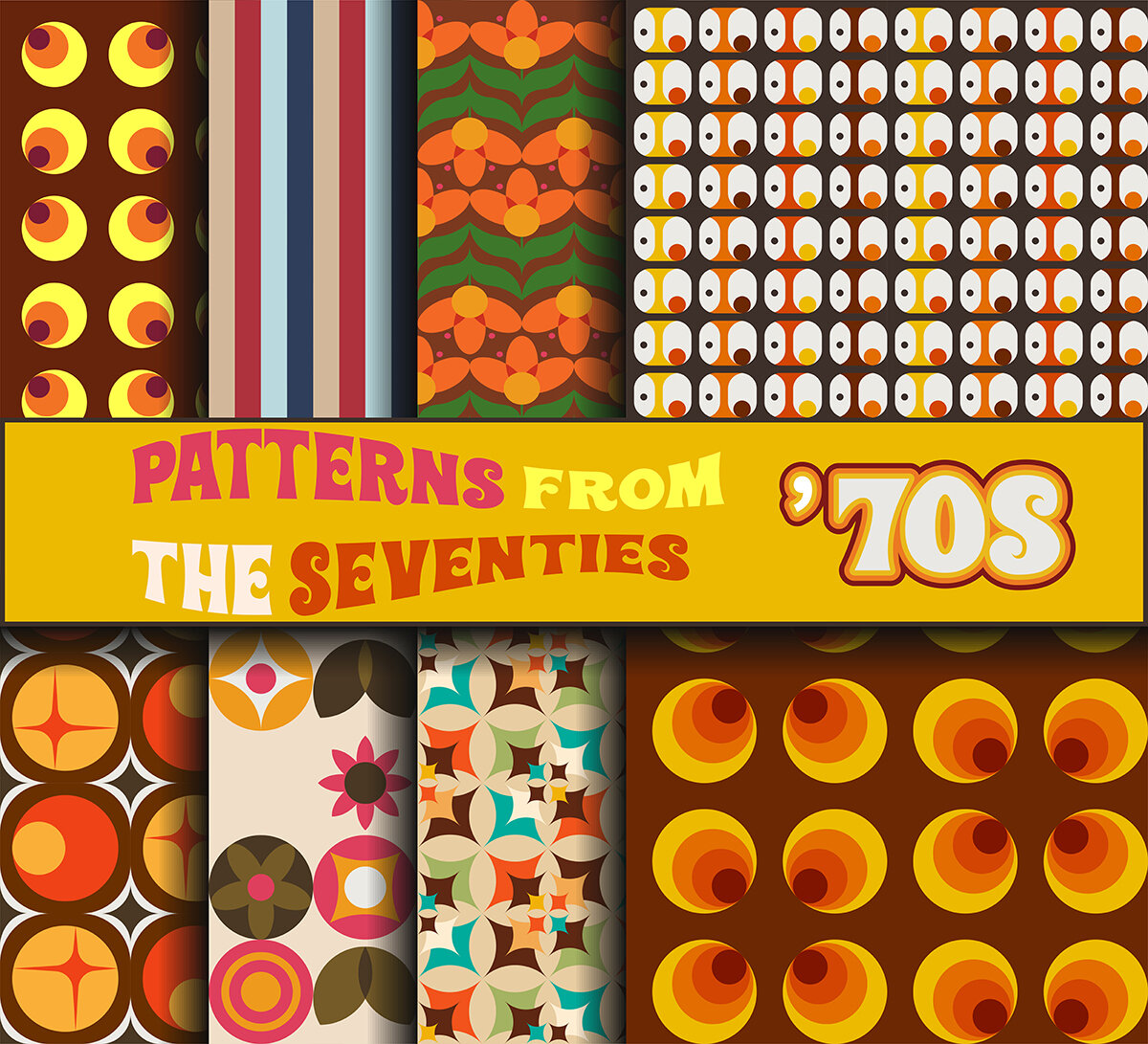
Editing numbers
Dates can cause a lot of issues in scientific writing. Here we will focus on just one aspect of writing dates: decades.
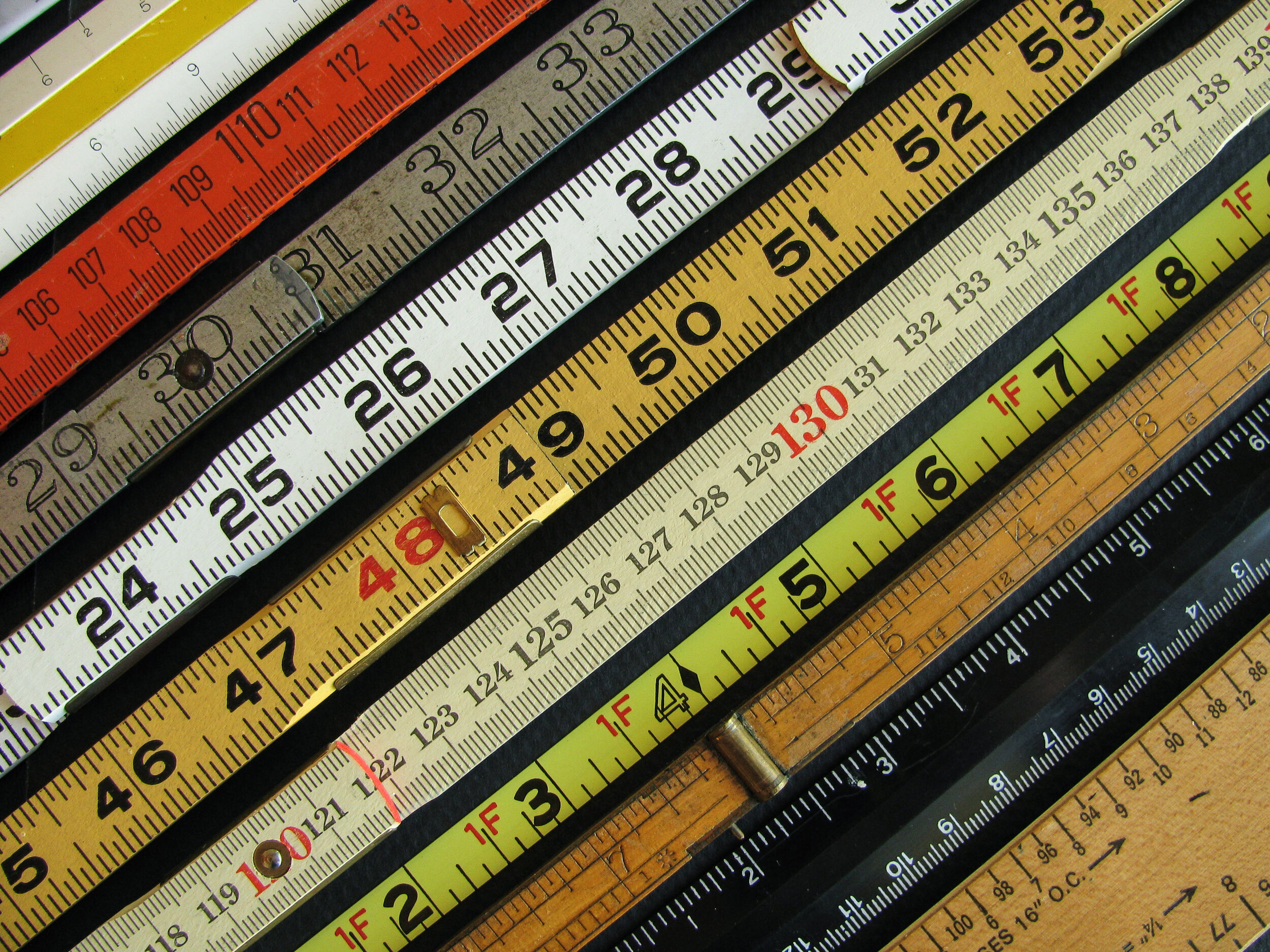
Editing numbers
The International System of Units (SI, after the French Système International d'Unités) was created by the International Bureau of Weights and Measures (BIPM) in 1875 to create a worldwide unified system of measures.
There is often confusion about whether SI units, and their derived units, are singular or plural.
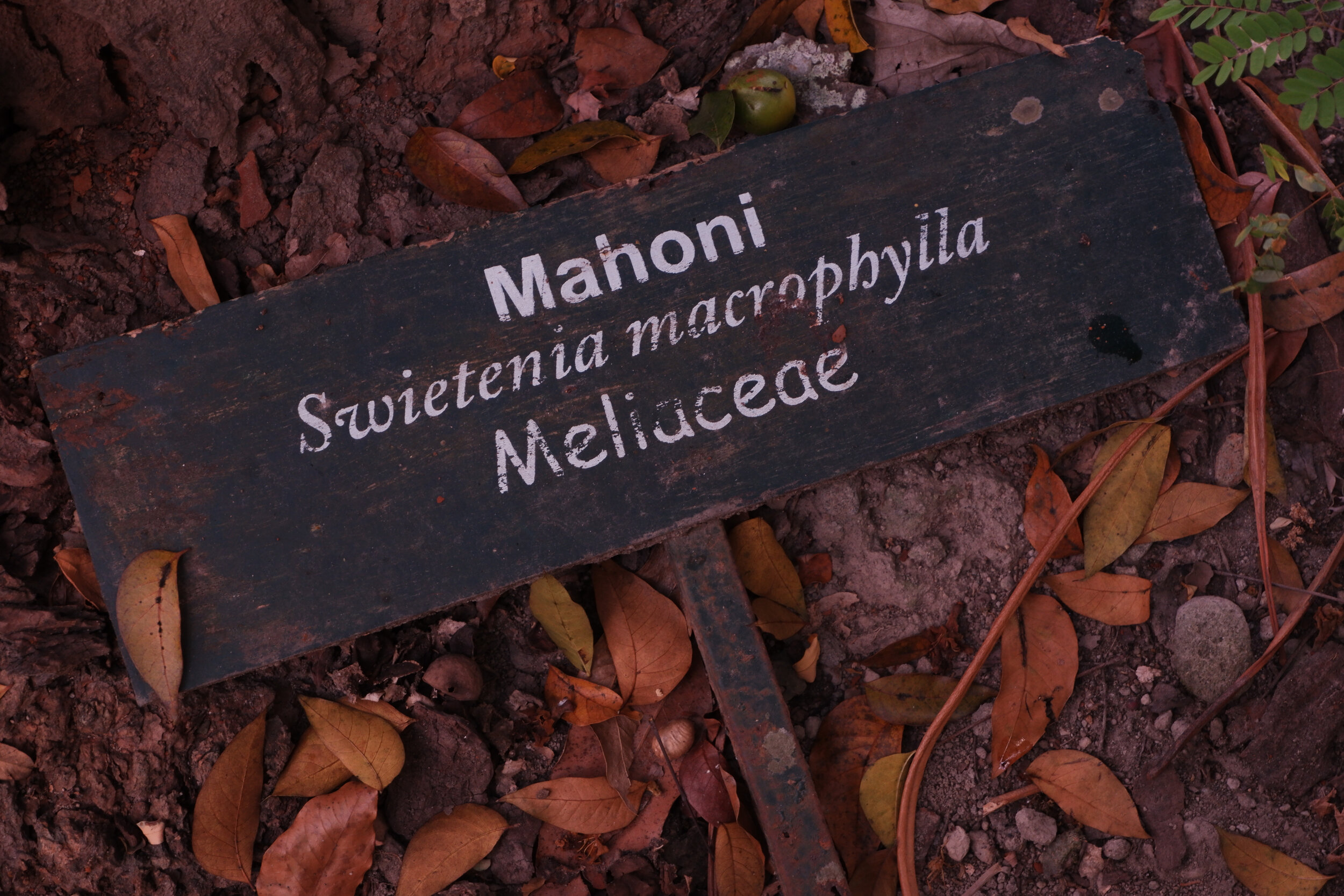
Vernacular names of plants and animals
The vernacular name of a plant or animal is also known as the ‘common’ name. The common name is often used alongside the Latin, or scientific, name. However, many authors are unsure about when to capitalise common names and if italics need to be used.

Editing numbers
Something I often query in scientific reports is the difference between ‘percentage’ and ‘percentage point’. These two terms are fundamental to statistical analyses, so it is good to have a solid understanding of what they mean and how to calculate them. Understanding ‘percentage change’ is also helpful. In this post, I explain all three concepts using examples.


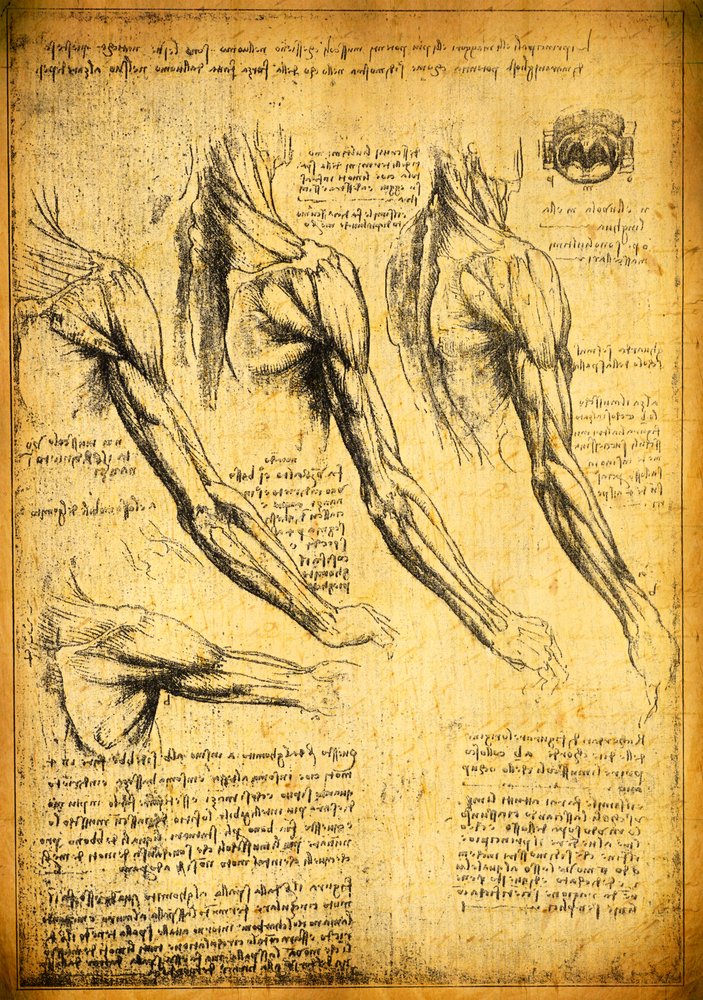
Bothersome backsides and other photo failures
Most clients see editors as word experts and expect an editor’s brief to begin and end with the words on a page. However, editors also have a role to play in helping to check and refine the photography that accompanies a written piece. There are a number of things an editor may look for in photography, including checking for unexpected content and assessing if the photograph is suitable for the publication.
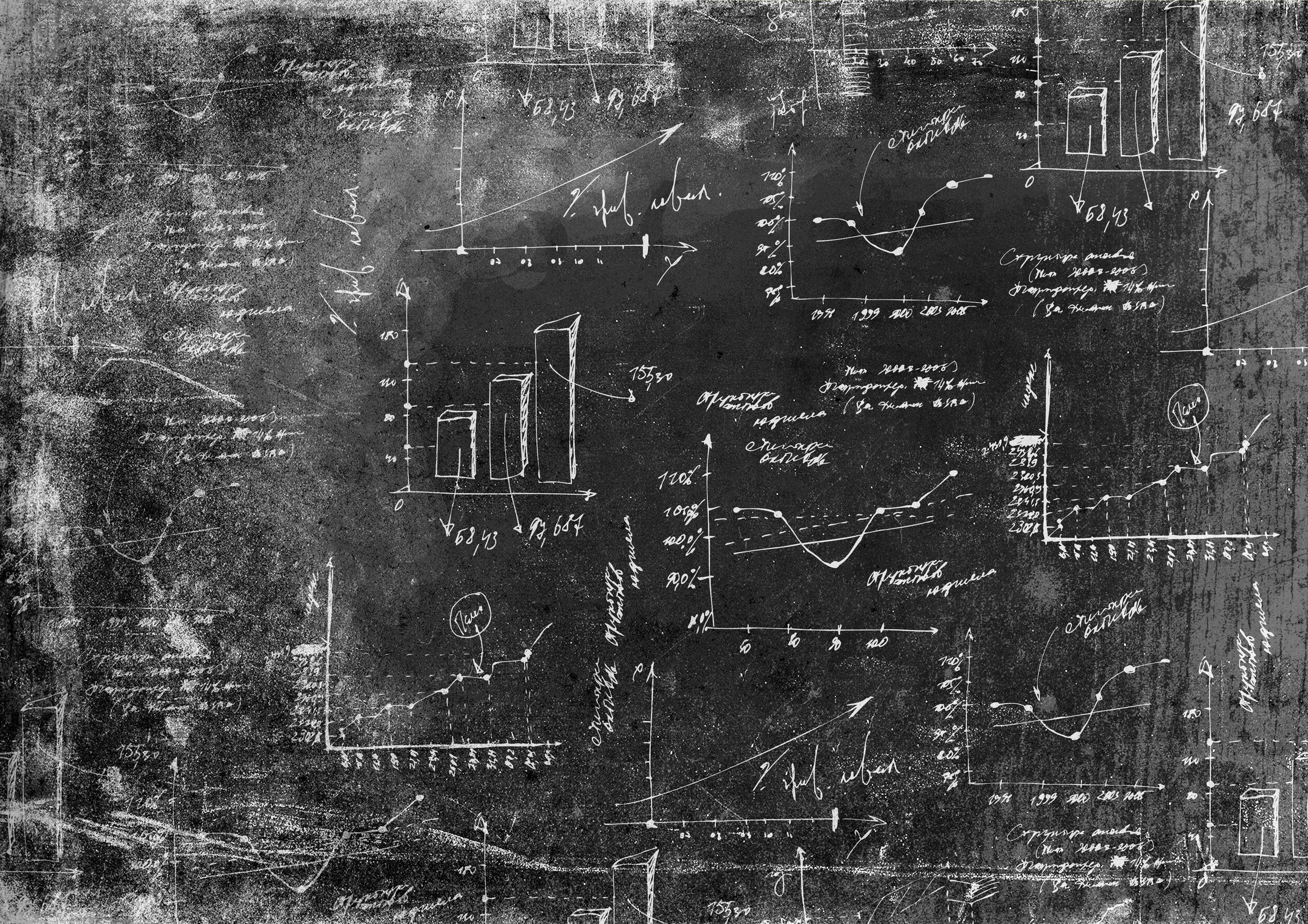
Great graphs
A great graph can illustrate a point more succinctly than words. It can demonstrate the author’s intimate knowledge of their subject and persuade a reader by helping them understand the concepts it illustrates.

Inclusive and accessible publishing
Inclusive and accessible publishing is the creation of published material that is designed to be accessible to everyone. Many clients mistake inclusive publishing as being just for people who are blind or who have vision impairments. But inclusive publishing is about so much more. It is also for people with a range of impairments – including physical, cognitive, sensory, learning and psychosocial disability.